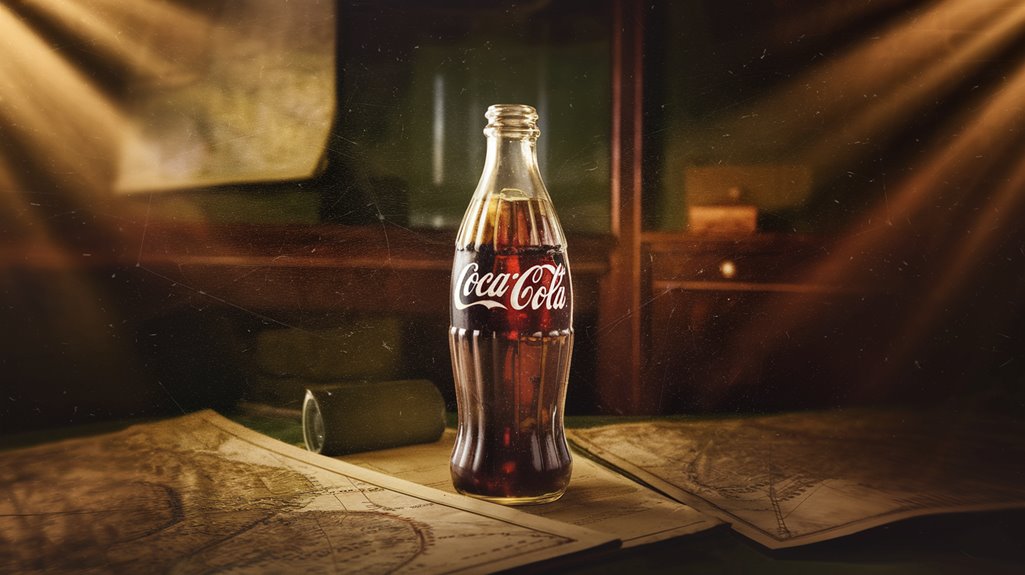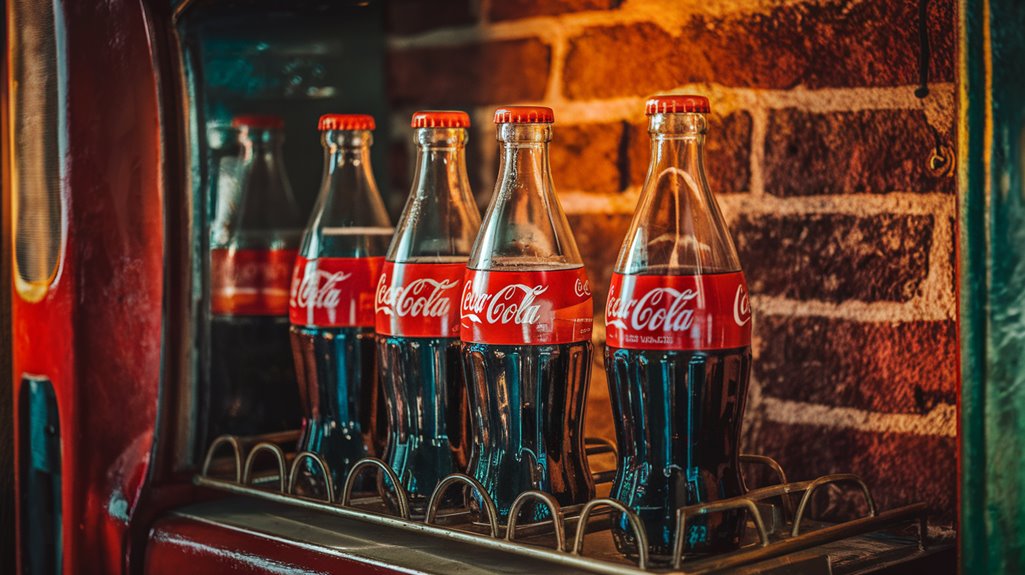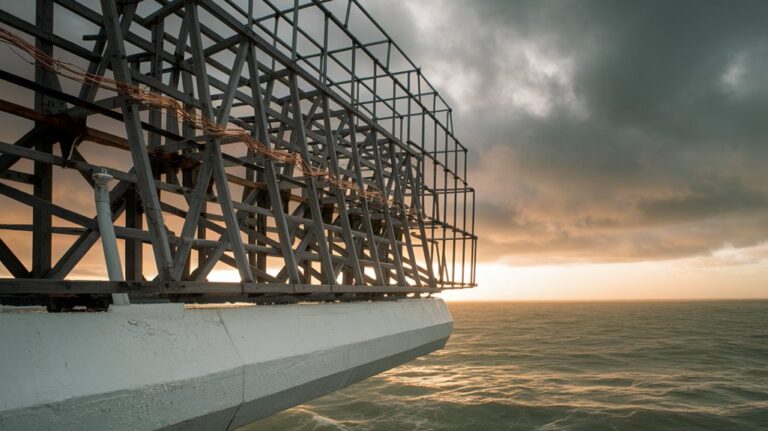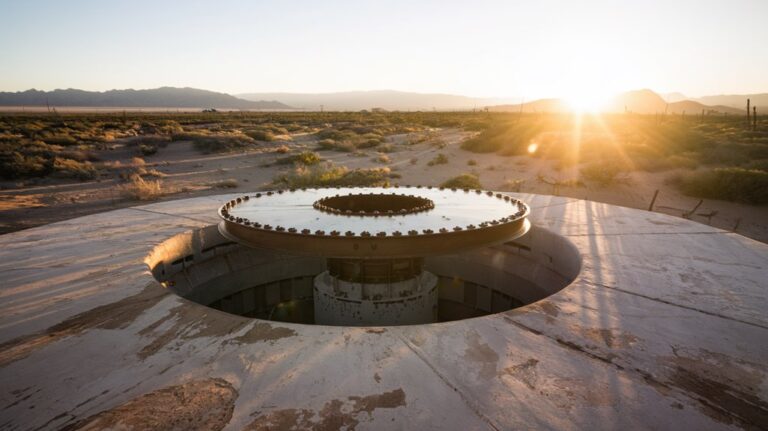The Russian General Who Demanded Clear Coca-Cola
During the Cold War, nearly 99% of Soviet officials publicly denounced American products as symbols of capitalist excess. Yet you'll find one fascinating exception in the story of Marshal Georgy Zhukov, one of the USSR's most decorated military leaders. His secret passion for Coca-Cola led to one of the most unusual covert operations in beverage history: the creation of a completely clear version of the world's most famous dark soda. What follows is a tale of diplomatic intrigue served on the rocks.
A Soviet General's Unusual Request
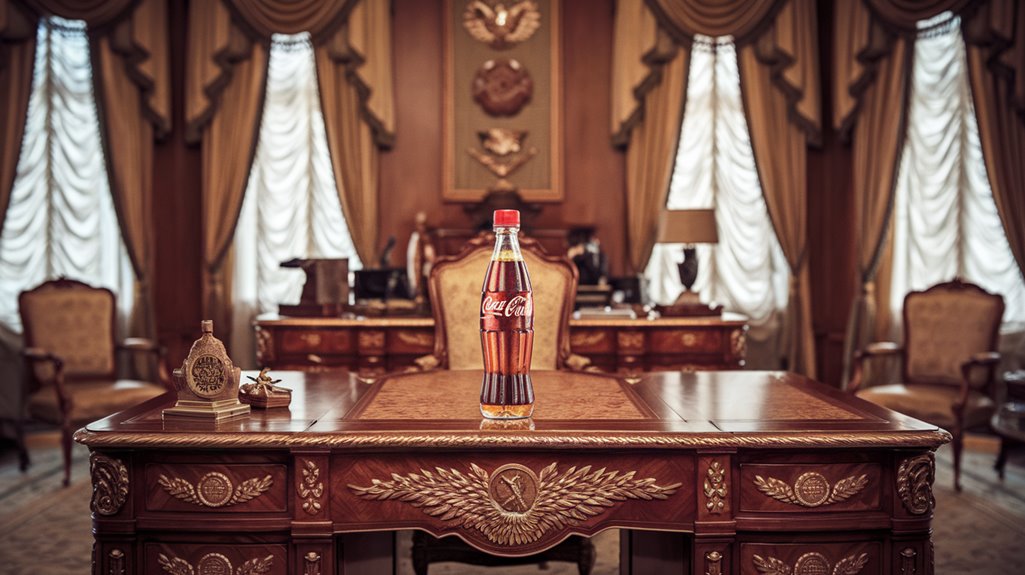
Despite the rigid political tensions of the Cold War, Soviet General Georgy Zhukov couldn't deny his love for an iconic American beverage – Coca-Cola.
You might wonder how Zhukov's cravings for this distinctly American drink began. During his post-war interactions with American military leaders, he developed a strong taste for the carbonated beverage. This fondness grew especially after meeting with Eisenhower during post-war discussions. The decorated general had earned many commendations as a cavalry commander during the Russian Civil War.
However, this presented a significant problem: Coca-Cola's symbolism as a representation of American capitalism made it forbidden in the Soviet Union. If his preference for this Western indulgence was discovered, his military career could have been in jeopardy.
Determined to continue enjoying his favorite drink without raising suspicions, Zhukov devised an ingenious plan. He'd need to find a way to make Coca-Cola unrecognizable while preserving its beloved taste.
The Secret White Coke Operation
Zhukov's request for a disguised version of Coca-Cola set in motion one of the Cold War's most unusual covert operations. The secret operation, now a fascinating piece of Coca Cola history, involved President Truman's staff reaching out to James Farley, who headed the Coca-Cola Export Corporation. Sweet and fizzy beverages captivated even the highest-ranking Soviet officials despite their public stance against American products. The commercial's message of peace and unity resonated deeply during this tense period between the nations.
They assigned technical supervisor Mladin Zarubica to oversee the project in Austria.
You'll be intrigued to know that while the original secret recipes remained intact, chemists removed the signature caramel coloring. The clear concoction was bottled in straight glass containers with white caps bearing red stars.
The Crown Cork and Seal Company in Brussels produced these distinctive vessels. Though no bottles survive today, this clandestine operation represents a rare moment when personal taste transcended Cold War politics, creating an unexpected bridge between East and West.
From Atlanta to Vienna: Creating the Clear Formula
While modern consumers might recognize Coca-Cola Clear from its 2018 Japanese launch, the original clear formula's development in Vienna marked a unique chapter in beverage history.
Today's formula strictly uses vegetable glycerin components, continuing the kosher certification standards established in 1935.
The 2018 Japanese market version demonstrates how Coca Cola innovation has evolved over decades.
You'll find striking differences between the historical clear formula and today's version:
- Modern Clear Coke underwent 50 recipe iterations
- It's completely calorie-free to meet health trends
- The formula includes a hint of lemon for flavor
- Development took nearly a year to perfect
The journey from Vienna to today's Japanese market reveals how Coca-Cola adapts to changing consumer preferences.
While the original clear formula served a specific purpose, the 2018 version represents a deliberate strategy to appeal to health-conscious consumers and regional tastes.
The new formula required extensive testing as American headquarters spent approximately one year perfecting the recipe.
Behind the Iron Curtain's Taste for American Soda
As the Cold War divided East and West, a surprisingly American product caught the attention of Soviet leadership in 1945. When Marshal Georgy Zhukov tasted Coca-Cola, he didn't just want the drink—he wanted a special version that wouldn't raise eyebrows in the USSR.
This unique chapter in Coca-Cola history led to the creation of "White Coke," a clear version packaged to look like vodka. By 1989, PepsiCo had established such a strong presence that they negotiated an unprecedented deal exchanging their concentrate for Soviet military vessels. While Zhukov enjoyed his secret stash, broader Soviet access to American sodas remained limited until Pepsi broke through in 1959, famously photographed with Khrushchev. Bulgaria made history when it became the first Eastern Bloc nation to produce Coca-Cola in 1965.
You'll find that Soviet nostalgia often recalls these early encounters with Western beverages, particularly the complex barter deals that brought Pepsi to the USSR in exchange for Stolichnaya vodka. Meanwhile, Coca-Cola waited until 1979 to officially enter the Soviet market.
The Cold War in a Bottle: Diplomacy Through Soft Drinks
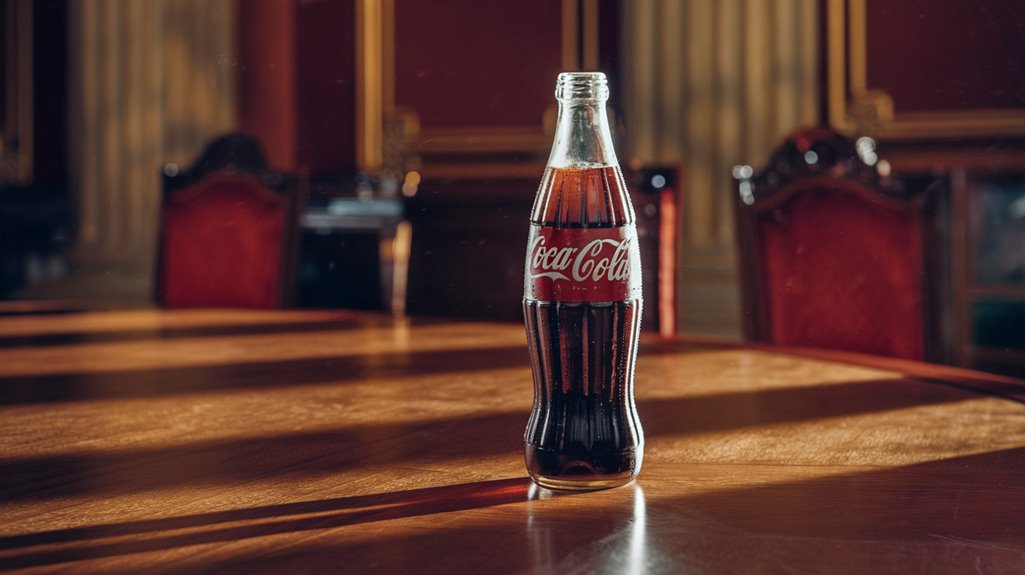
The Coca-Cola incident with Marshal Zhukov sparked a much larger diplomatic dance between East and West through soft drinks.
You'll find that beverage diplomacy became an unexpected tool for cultural exchange during the Cold War, as both Coca-Cola and Pepsi sought ways to bridge the Iron Curtain.
During World War II, Nazi-branded bottles were permitted to continue Coca-Cola production in Germany.
Here's how soft drinks shaped international relations:
- The US government created "White Coke" specifically for Zhukov.
- Pepsi traded soda for Stolichnaya vodka starting in 1959.
- The Soviet Union later exchanged military ships for Pepsi.
- Both brands became symbols of American influence abroad.
While Coca-Cola remained officially banned in the USSR, Pepsi's innovative barter system helped it gain a foothold in Soviet territory.
These unconventional trade arrangements proved that even during intense political tensions, there was always room for creative diplomatic solutions.
The historic deal made Pepsi temporarily possess the sixth largest navy in the world when they acquired Soviet military vessels.

